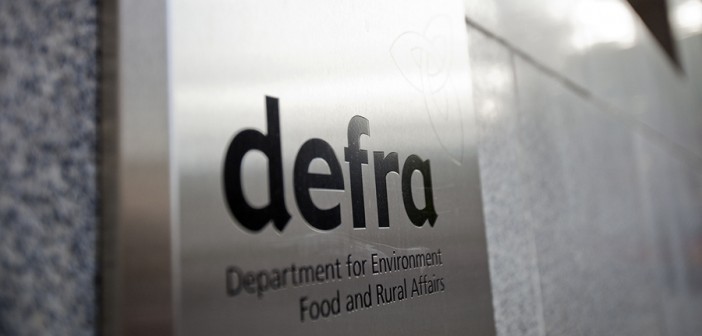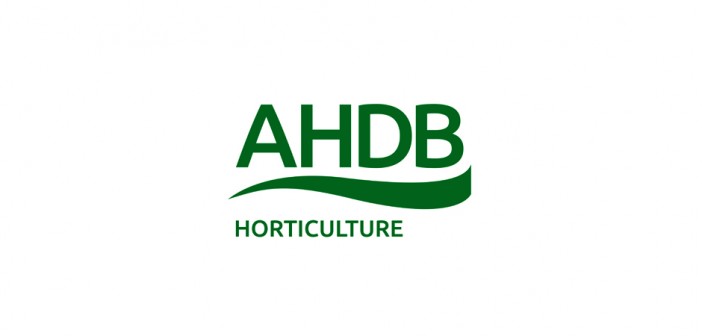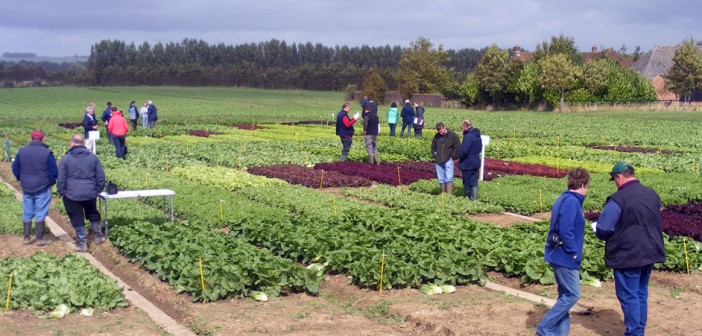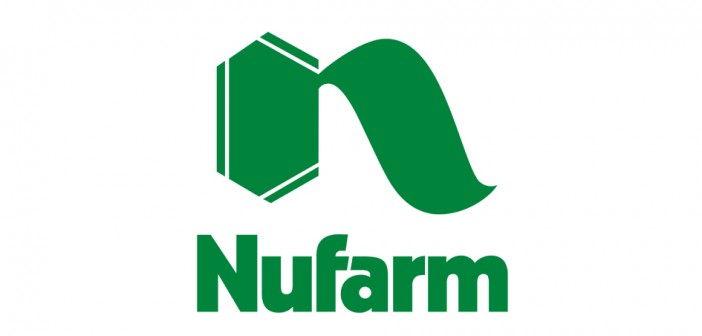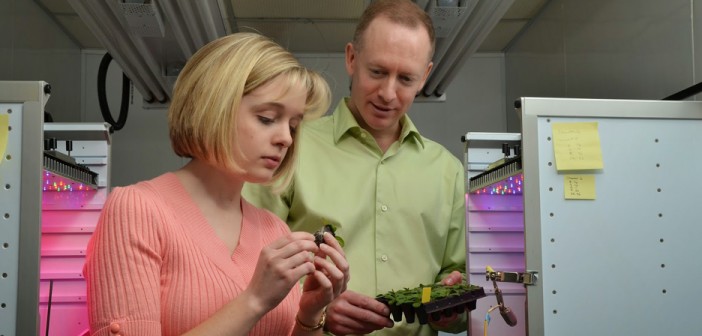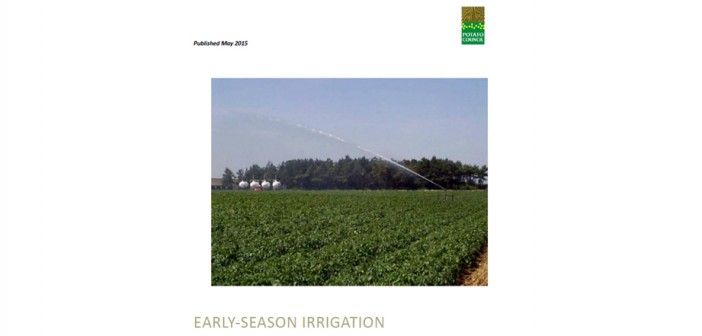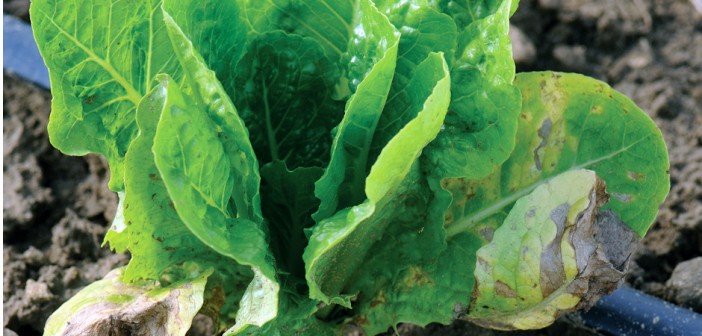Scientists at East Malling Research (EMR) have been awarded £482,000 to study ‘Apple Replant Disease (ARD) Evolution and Rootstock Interaction (ARDERI)’.
Apple Replant Disease affects newly planted apple trees, which fail to thrive in areas where apples have previously grown. EMR will also collaborate with industry partners to provide detailed information about the disease, which it hopes could be used to develop new management strategies and provide significant input into breeding programmes.
“ARD is a complex disease syndrome and, until recent advances in DNA sequencing technology, it has been practically impossible to develop effective control measures against it”, commented EMR’s Leader of Genetics and Crop Improvement, Professor Xiangming Xu. He continued “With this new BBSRC, NERC and industry funding we will gain a greater understanding of the relationship between the causal agents, the rootstocks and the soil microbial populations. This new understanding will enable us to develop and implement effective control strategies for tomorrow’s fruit growers.”
This announcement is part of £4M being spent by BBSRC and NERC to fund six projects to benefit key crops. The funding is the second round of awards from the Horticulture and Potato Initiative (HAPI), which was developed by BBSRC together with NERC and the Scottish Government to support high quality, industrially relevant research projects on potato and edible horticulture crops.
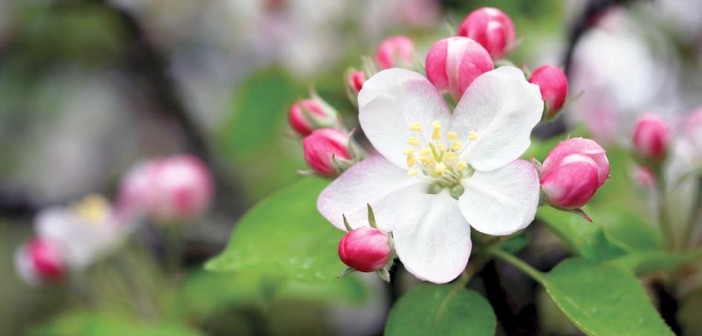
This post first appeared on HortNews.
